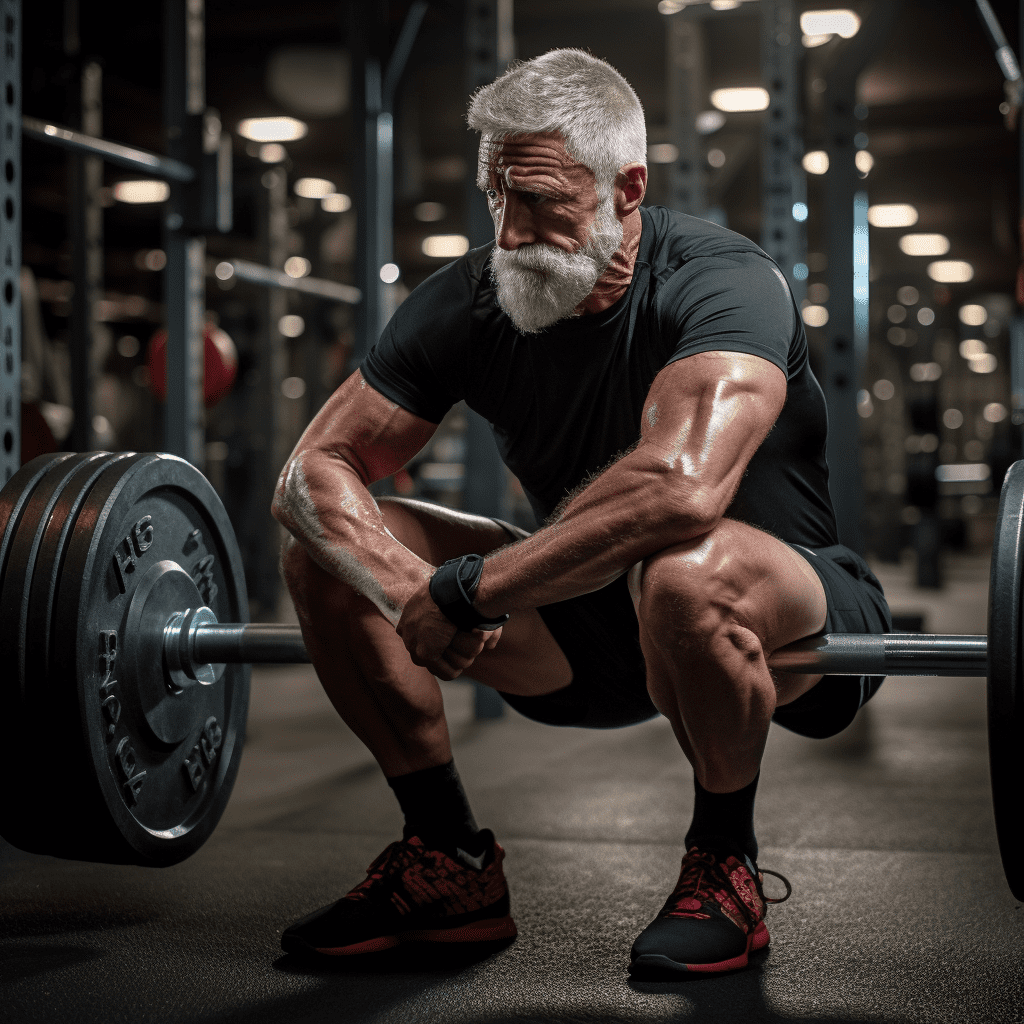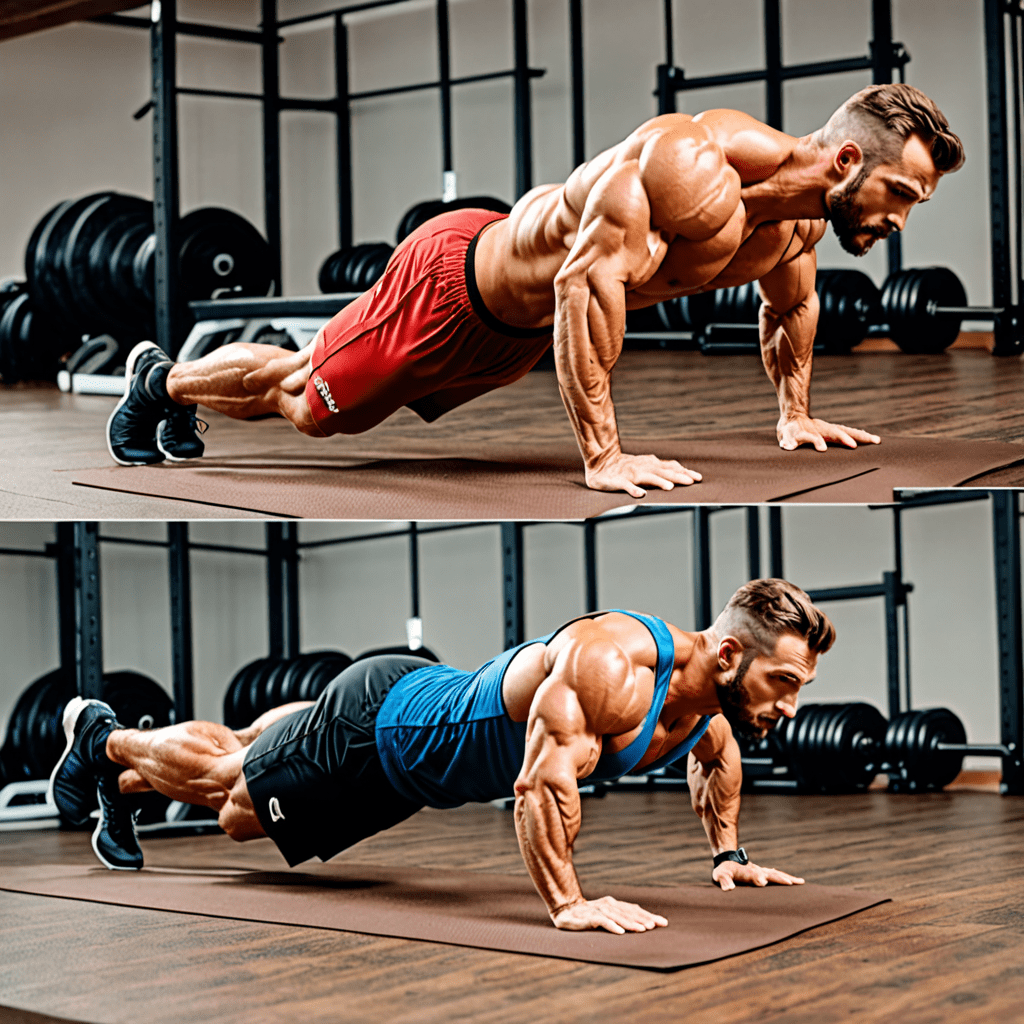
Why Am I Experiencing Knee Pain When I Squat?
Squatting is a fundamental exercise that targets multiple muscle groups, including the quadriceps, hamstrings, glutes, and calves. However, many individuals experience knee pain when performing squats. This can be frustrating and discouraging, but understanding the potential causes of knee pain during squats can help identify ways to address and alleviate this issue. In this article, we will explore some common reasons why you might be experiencing knee pain when squatting and provide some useful tips to overcome it.
1. Incorrect Form and Technique
One of the primary reasons for knee pain during squats is incorrect form and technique. When performing a squat, it is essential to maintain proper alignment and mechanics to distribute the load evenly throughout the body. Failing to do so can place excessive stress on the knee joint, leading to pain and discomfort. Common mistakes include letting the knees cave inward, shifting the weight too far forward, or not squatting to an appropriate depth.
To address this issue, focus on mastering your squat technique. Engage your core, keep your chest lifted, and push your knees out to ensure they stay in line with your toes. It may be helpful to work with a qualified trainer or coach to assess your form and provide corrective guidance.
2. Weak Muscles and Imbalances
Another potential cause of knee pain during squats is weak muscles and imbalances. The squat relies on the coordinated effort of various muscle groups, including the quadriceps, hamstrings, glutes, and core. If these muscles are weak or imbalanced, it can lead to excessive strain on the knee joint.
To address this issue, incorporate exercises that specifically target and strengthen the muscles involved in squats. This may include exercises like lunges, glute bridges, and step-ups. Additionally, it is important to work on improving core strength and stability to provide a solid foundation for proper squat mechanics.
3. Lack of Flexibility and Mobility
Limited flexibility and mobility can also contribute to knee pain when squatting. If your muscles and joints lack proper range of motion, it can force your knees into unnatural positions, leading to discomfort and pain. Tight hip flexors, calves, and ankle mobility restrictions are common culprits.
To improve flexibility and mobility, incorporate a regular stretching and mobility routine into your workout regimen. Focus on stretching the hip flexors, calves, and hamstrings, as well as performing exercises to enhance ankle mobility. Foam rolling and using a lacrosse ball can also be effective in releasing tight muscles and fascia.
4. Overtraining and Insufficient Recovery
Overtraining and insufficient recovery can have detrimental effects on your body, including increasing the risk of knee pain during squats. When you push your body beyond its limits without allowing adequate time for rest and recovery, it can lead to overuse injuries, including those affecting the knee joint.
To address this issue, ensure that you allow enough time for rest and recovery between squat sessions. Incorporate active recovery techniques such as foam rolling, stretching, and gentle cardio exercises on your off days. Additionally, pay attention to your body’s signals and adjust your training volume and intensity accordingly.
5. Pre-existing Injuries or Conditions
If you have a pre-existing knee injury or condition, such as patellar tendinitis or osteoarthritis, it can predispose you to knee pain during squats. It is crucial to consult with a healthcare professional or physical therapist to understand your specific condition and receive individualized guidance.
In some cases, modifications to your squatting technique or the use of additional support, such as knee braces or wraps, may be necessary to minimize discomfort. A healthcare professional can also provide appropriate exercises and therapies to address underlying issues and promote healing.
6. Gradual Progression and Patience
Finally, it is important to remember that squatting is a skill that takes time to develop and master. Gradual progression and patience are key when it comes to improving your squat technique and reducing knee pain. Avoid rushing the process and focus on gradually increasing weights and intensity while maintaining proper form and technique.
FAQ
Q: Should I squat through knee pain?
A: No, it is not advisable to squat through knee pain. Squatting through pain can exacerbate the issue and potentially lead to further injury or damage. It is crucial to identify and address the underlying cause of the knee pain before continuing with squats. Consult with a healthcare professional or physical therapist for proper evaluation and guidance.
Q: Can knee sleeves or wraps help with knee pain during squats?
A: Knee sleeves or wraps can provide additional support and compression to the knee joint, which may help alleviate some knee pain during squats. However, it is important to note that they should not be used as a substitute for addressing the underlying cause of the pain. It is recommended to consult with a healthcare professional or physical therapist to determine if knee sleeves or wraps are appropriate for your specific situation.
Q: How long does it take to overcome knee pain when squatting?
A: The time it takes to overcome knee pain when squatting can vary depending on the underlying cause and individual factors. It may range from a few weeks to several months. Consistency in addressing the cause, following proper form and technique, and seeking appropriate guidance are crucial for a successful recovery. Patience and gradual progression are key during this process.
Q: Can squatting in high-heeled or specialized shoes help with knee pain?
A: Squatting in high-heeled or specialized shoes can help some individuals maintain better squat mechanics and reduce knee pain. The elevated heel can improve ankle mobility and allow for a more upright posture during the squat. However, it is essential to find shoes that provide stability and support while still allowing proper alignment and mechanics. It is recommended to try different shoe options and determine what works best for your body and specific needs.


